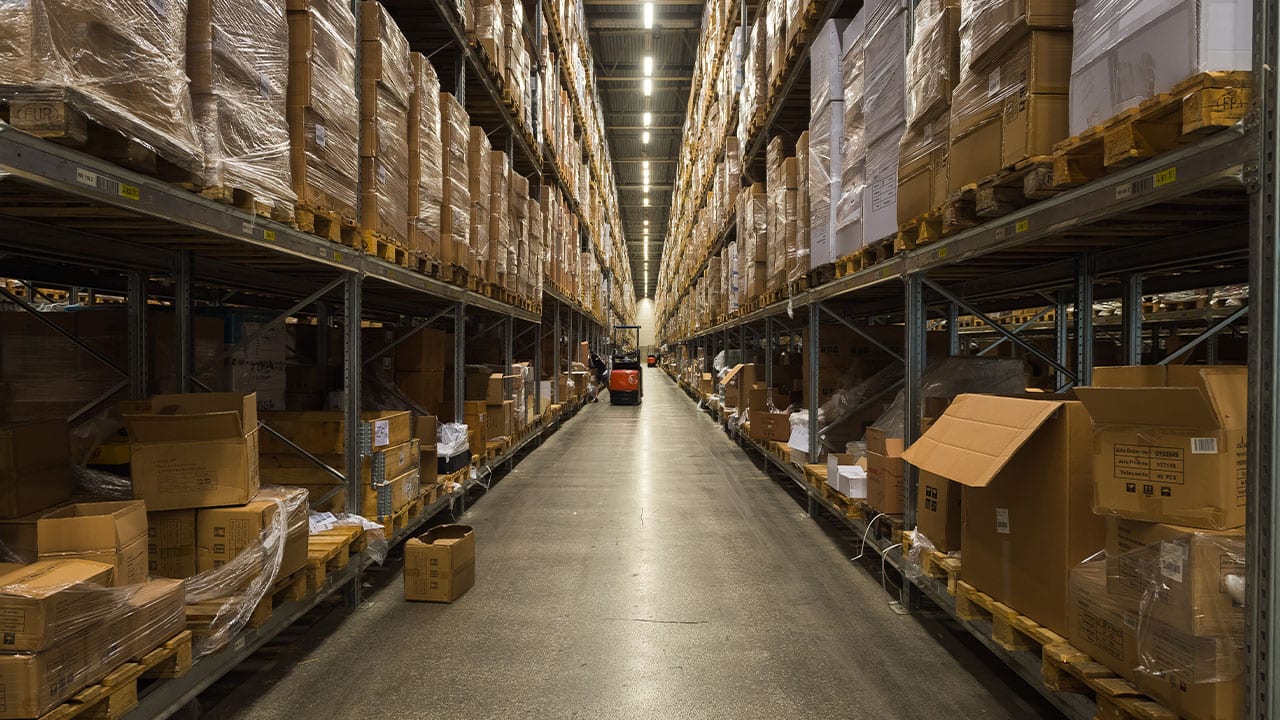Wearable technology might sound very futuristic but it’s already here and industry adoption is moving fast. Wearable technology, or wearables, has actually been around for a century but the traditional wearables might not scream tech.
The early wearables were things like watches and hearing aids. Within the last couple of years, smartwatches have become mainstream and are probably the first thing that comes to mind when you hear the words wearable technology.
Wearables for industry and warehousing are something that has been sneaking up more under the radar. They have a big impact on both productivity and employee safety.
The definition of wearable technology
Let’s zero in on wearables in more rugged industries. Digitalization is happening everywhere and at this point, there is no doubt that it will increase your effectiveness. However, it’s not always practical to have a PDA glued to the palm of your hand.
Enter wearables, typically they are lightweight PDA’s, scanners, or printers. Small devices are made specifically so that they can be worn on the user’s body in a smooth and efficient way.
The worker will have both hands free without having to constantly pick up and put down their device.
Wearables in the rugged industries
There are many ways in which wearable tech will improve your business, including protecting your workers and saving time.
Increased safety
Imagine a worker on a supply chain, his job is to scan items, sort them and move them by hand. There is a tight schedule involved and the worker is feeling a bit of pressure. Now in most cases what will happen is the employee will start to take shortcuts. So, if he has to pick up and put down a device in between moving every item, he might start moving them one-handed instead to save some time.
Obviously, the risk of something being dropped is increased but there is also the long-term health of the employee to consider. The uneven weight distribution is not exactly going to be ergonomic. In the long run, it will doubtlessly put increased wear and stress on his body, leading to health problems that could be avoided.
If a wrist-mounted wearable were to be used instead this scenario can be completely avoided. It will allow for constant use of both hands, removing the unnecessary wear on the employee and reducing the number of times items are dropped.
Increased efficiency
The process of picking items up, putting them away, and order processing, in general, can account for up to 70% of operating costs in distribution centers and warehouses. This makes it a prime area to shave down the expenses.
By removing the aforementioned process of picking up and putting down the scanner in a pocket or holster you can shave off precious seconds on every package. The number of packages processed every day in a distribution center will save a ton of time.
If you are looking to improve the efficiency of your business, have a look at Handheld Groups’ newly announced Wearables segment.
The arguments against wearable technology
The first argument heard against wearables is that they break too easily and therefore are not worth the investment. While this can be a problem in a dusty warehouse it’s easily amended by using true rugged wearable technology. Look for certified products with an IP durability rating that shows that they can handle both dust and water.
The second one is the initial investment in acquiring them. However, if you look at the long term, this investment is going to end up giving your company an excellent ROI. Efficiency saves money.





